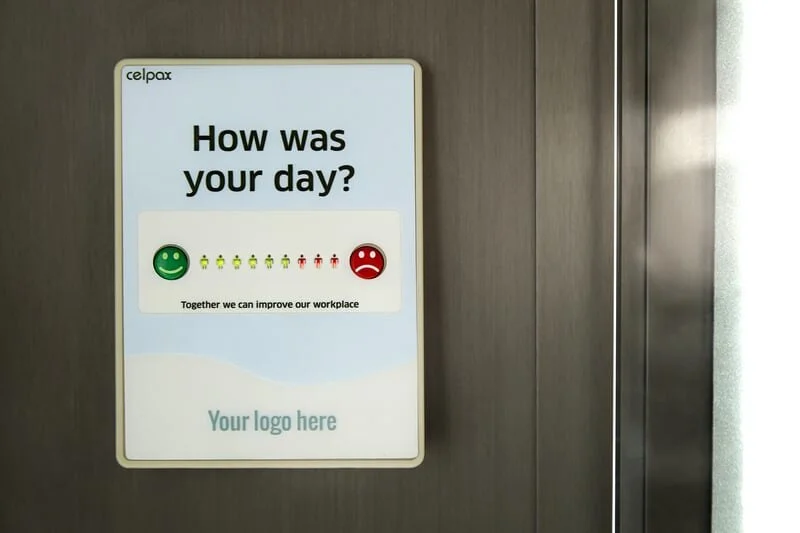Trust is in high demand today.
Some would say that it is harder than ever to build trust with others. Far too often people let us down and keep moving on as if they don’t even care. It’s not true, but that is what our feelings tell us. Trust is a very expensive commodity. Businesses can lose large accounts because of trust. CEO’s are let go for violating trust.
Employees and management need to establish trust more than ever especially with the working remote situations. In uncertain times, it is trust that is the key ingredient in moving forward and achieving desired goals.
There are many aspects to trust and how to build high levels of trust. Different environments also require different levels of trust. I have been asked many times for a simple roadmap in building trust. Something simple for people to remember and be able to apply. I have also spoken to Multi-Billion dollar organizations to help teams build trust by using this equation. That is why I have created the Trust equation.
For today let’s focus in on “Credibility.” Yes we need credibility to be able to build trust. Ever read an article that states I had a credible source? Credibility actually has a few components to it and some that most people don’t think about.
Credibility is typically linked to knowledge. A person goes to school, gets a degree and then they are finally credible on a subject. While that is very true, there are other aspects to Credibility that many do not think about. One is effective communication and the other is what I call call “being the bridge.”
I have seen very intelligent individuals lose credibility because they could not effectively communicate with others. That’s right, just because they have a great deal of knowledge, does not automatically grant them credibility. Everyone needs to be able to communicate effectively! There are many courses that help on effective communication topics, but the biggest effect on communication is the ability to break complex topics into easy to understand language. That means not using really big dictionary words when a simple word can be used. If we can communicate effectively then we can build trust and generate credibility.
Now the other component I mentioned earlier is what I call “being the bridge.” This is something that I learned when I first got into sales. If I was able to connect people needing help in a certain area with those that had the knowledge, I actually built credibility. That’s right because I was bridging the gap for them, then I am deemed a credible source as well. When we bridge others together, we are associated with one that adds value. Adding value is key in trust building and being a bridge will help us gain influence. This is one of the main ways I have been so successful throughout my career. I have built a great deal of credibility by bridging others together.
Knowledge, communicating effectively, and being the bridge will allow us to become more credible and help others trust us more.
If you’d like to learn more about trust and the trust equation I have a click here for my online training.
Have a great day!
Sincerely,
Kevin Sidebottom
“Businesses wonder why the majority of their sales teams struggle at winning profitable business. I teach your sales team to walk with the customer through the five buying decisions, and in the correct order to generate more sales with high margins!”






















